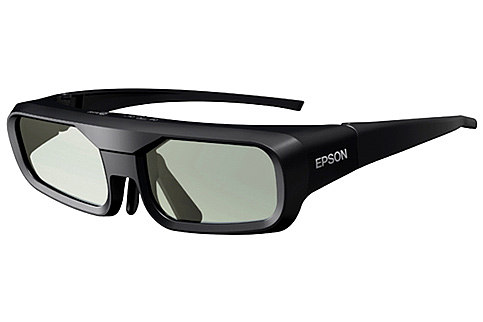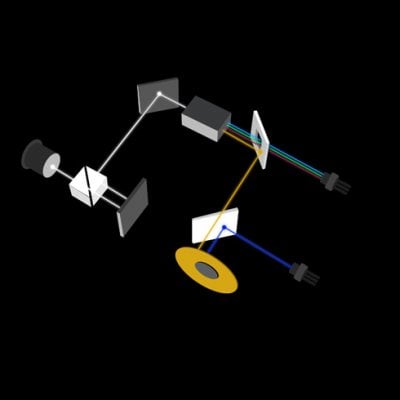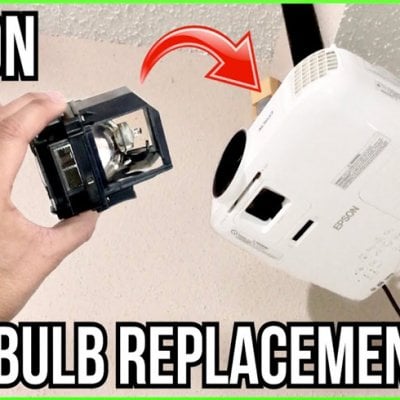3D glasses can have a significant impact on the quality of the viewing experience. There are two main types currently on the market, passive and active, each with its advantages and disadvantages such as price, convenience and battery life.

- Passive 3D Glasses
Passive 3D glasses are good news for price-conscious movie viewers. The passive 3D glasses cost an additional $ 200 to get the polarization modules needed for the passive system. So if you don’t want to invest too much, you may don’t want choos the passive 3D glasses. Moreover, passive 3D glasses requires batteries or being connected to power, which makes it less portable.ant because of their reliance on other external devices such as cables or chargers since most people prefer these days in order to save battery life.
- Active 3D Glasses
Active 3D glasses make the cinematic experience very immersive. These work by projecting the frame onto various lenses at high frequencies. Therefore, for each frame of video, one lens is always opaque and the other lens is always transparent. The active 3D glasses makes two separate pictures to be projected onto the eye via rapidly changing lens. Passive 3D glasses are cheaper than active glasses, but they don’t work with all projectors. Active 3D is more expensive and works on a variety of devices, including TVs.
There are different kind of 3D glasses, also, there are different kind of 3D projectors: True 3D projector and 3D ready projector. What is 3D Ready Projector? It is not equal to true 3D projector, and many consumers fail to notice it.
Read more:




